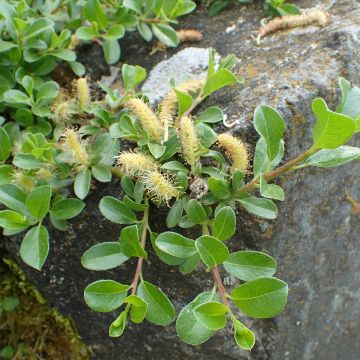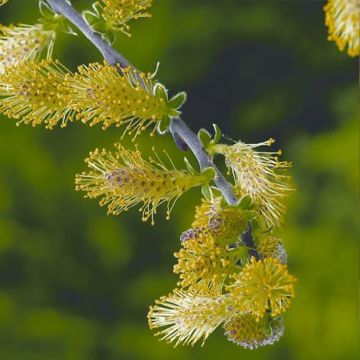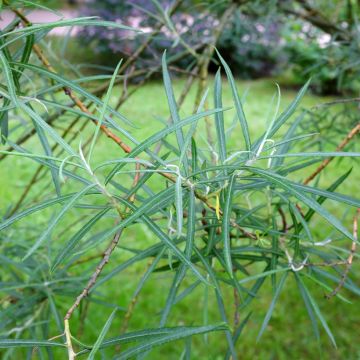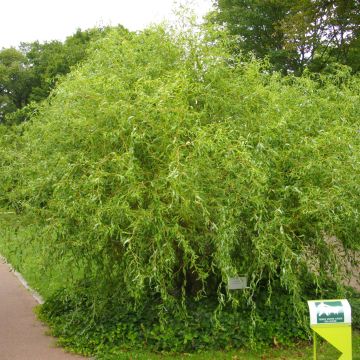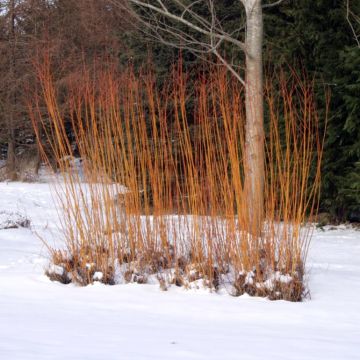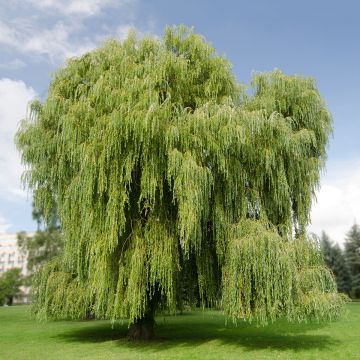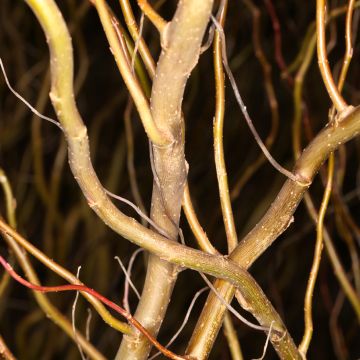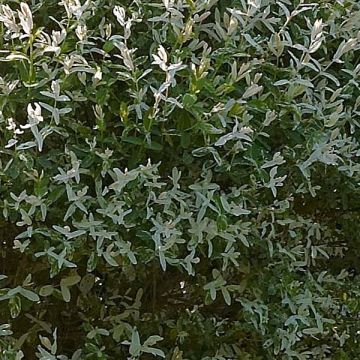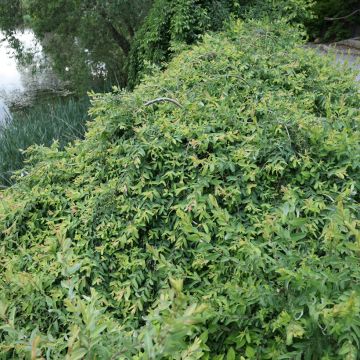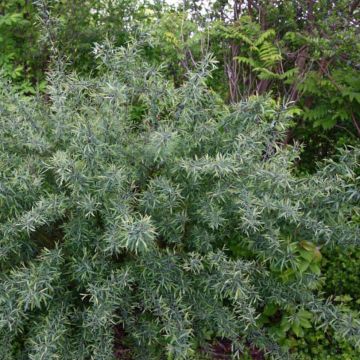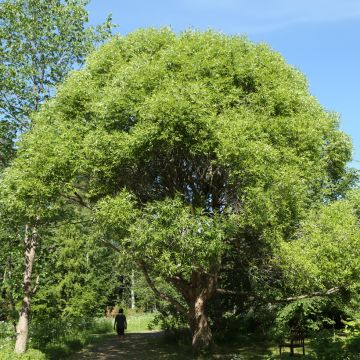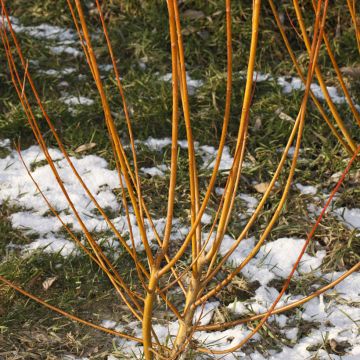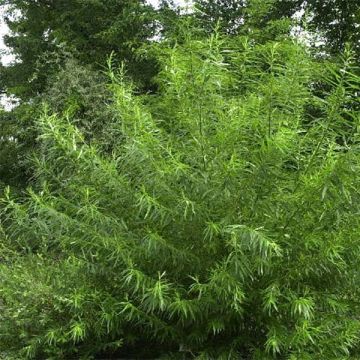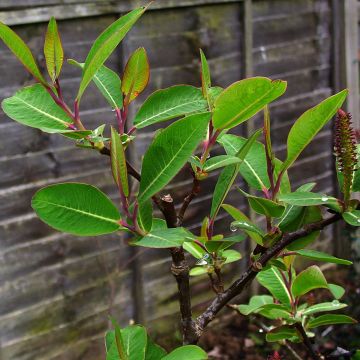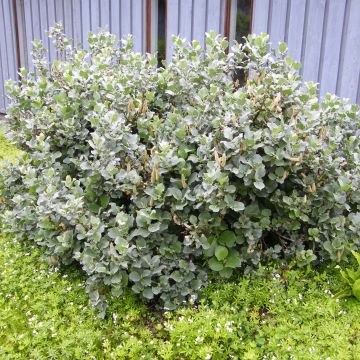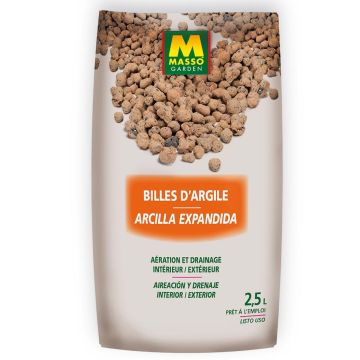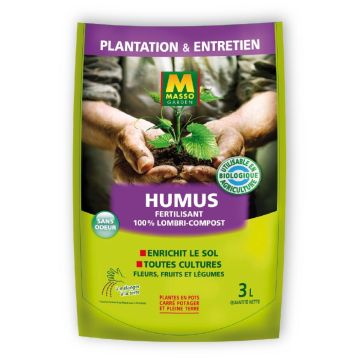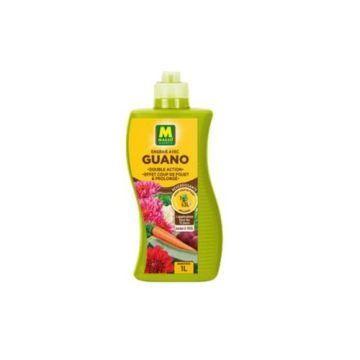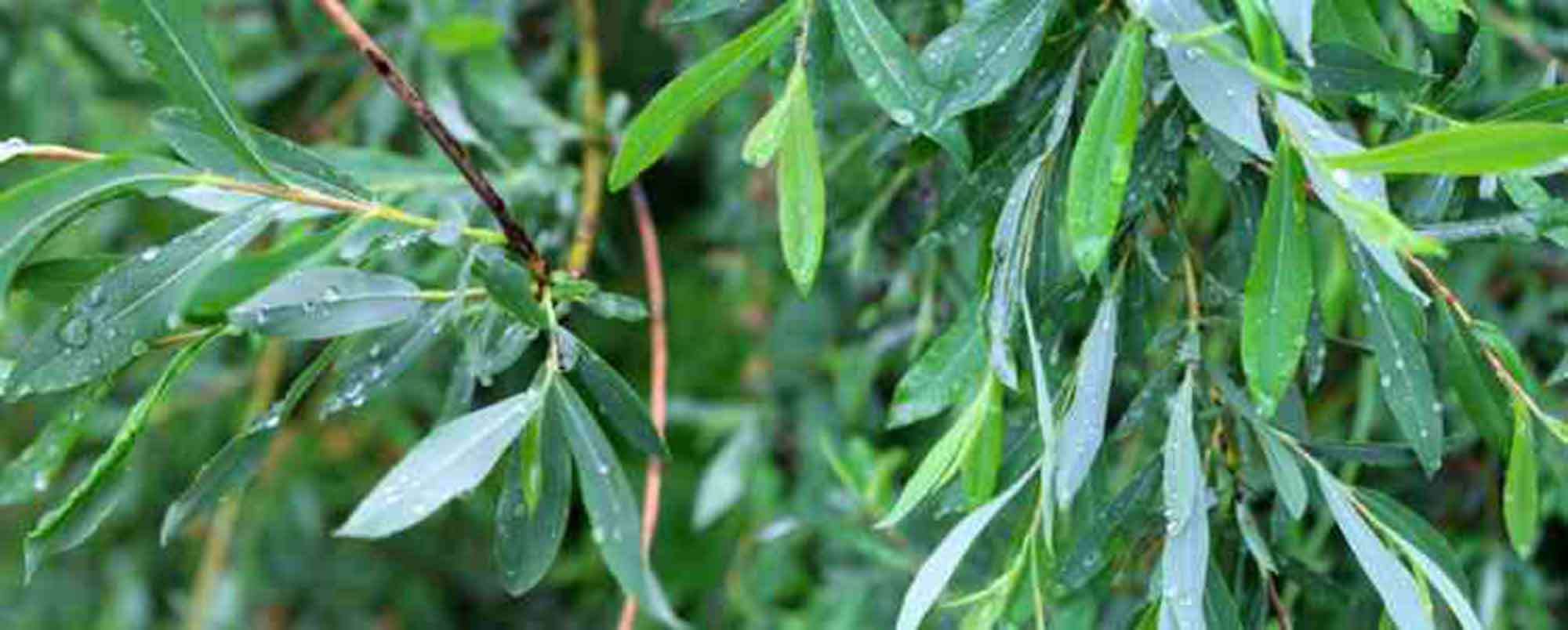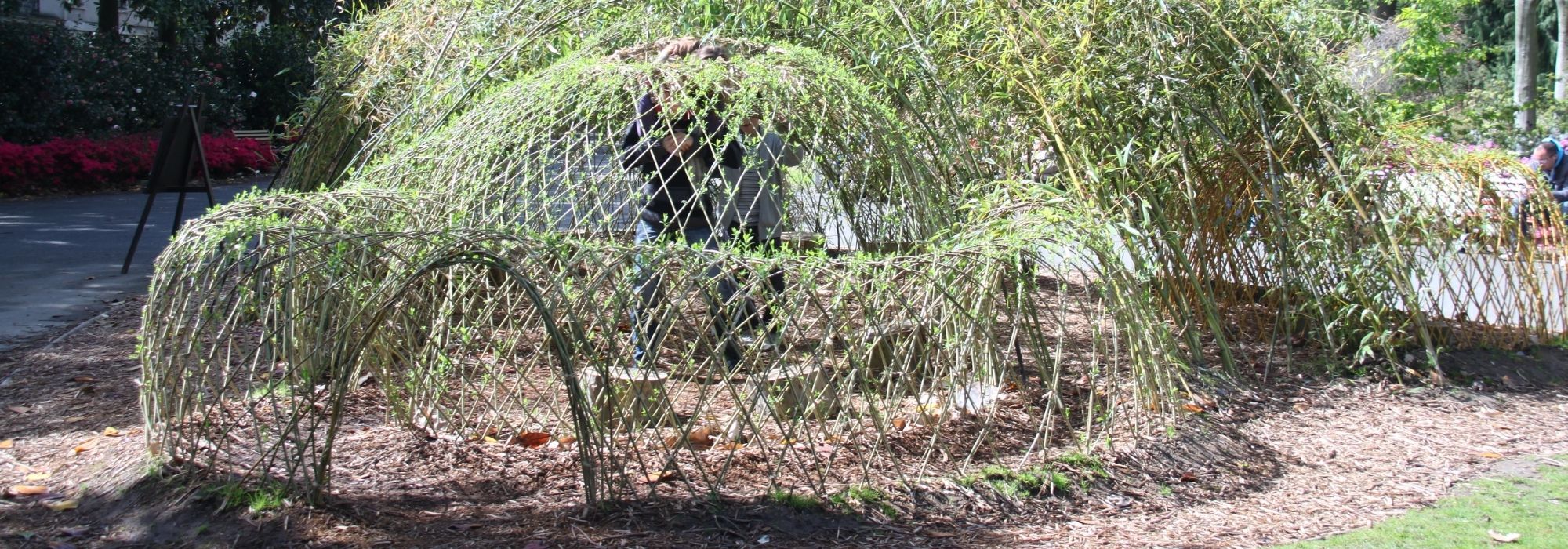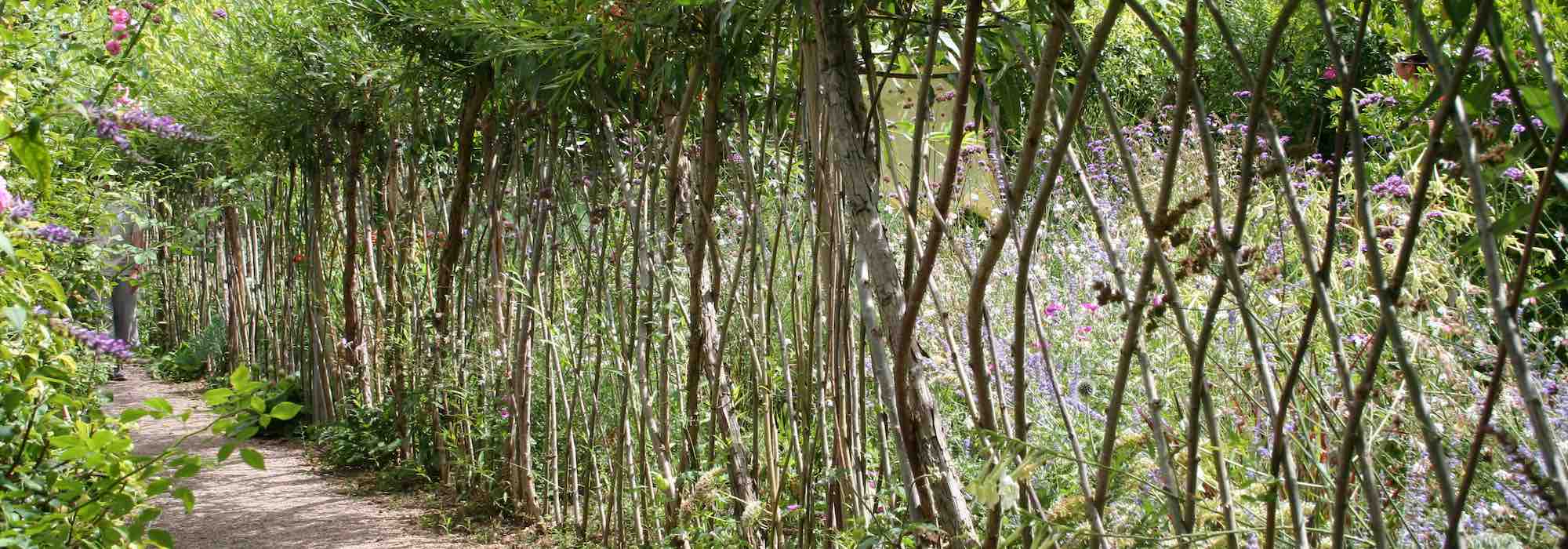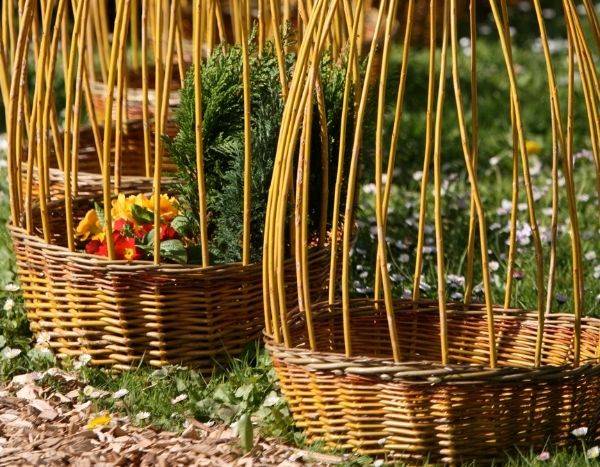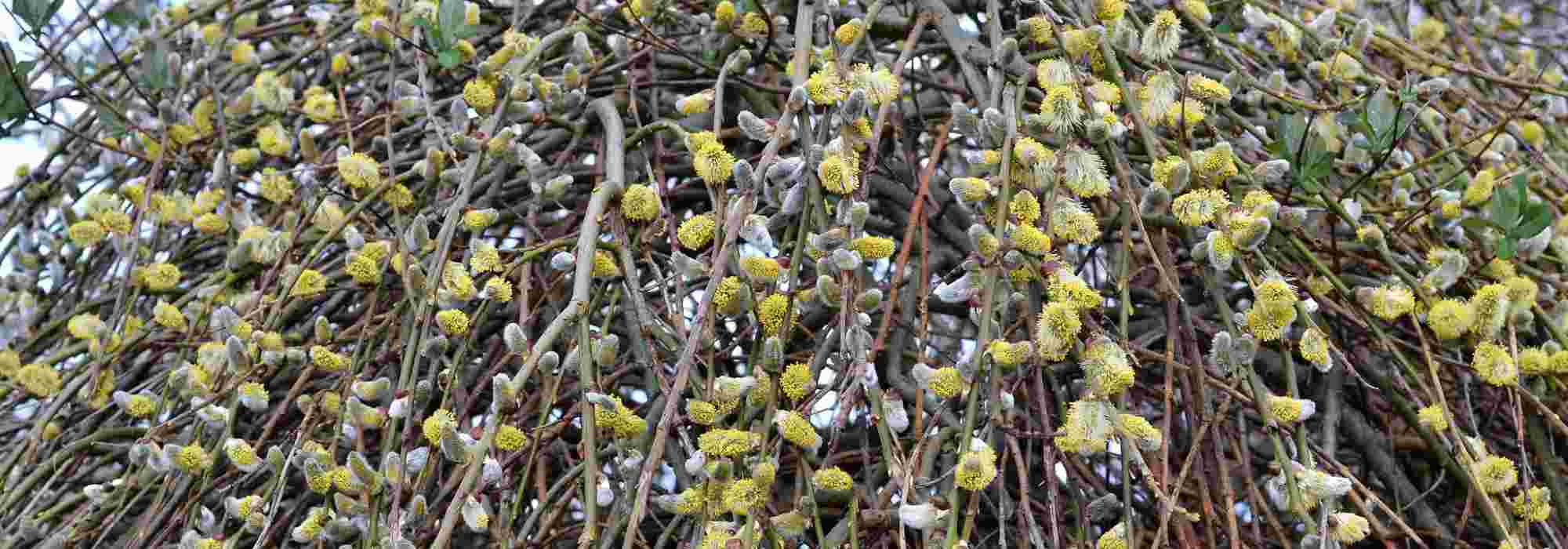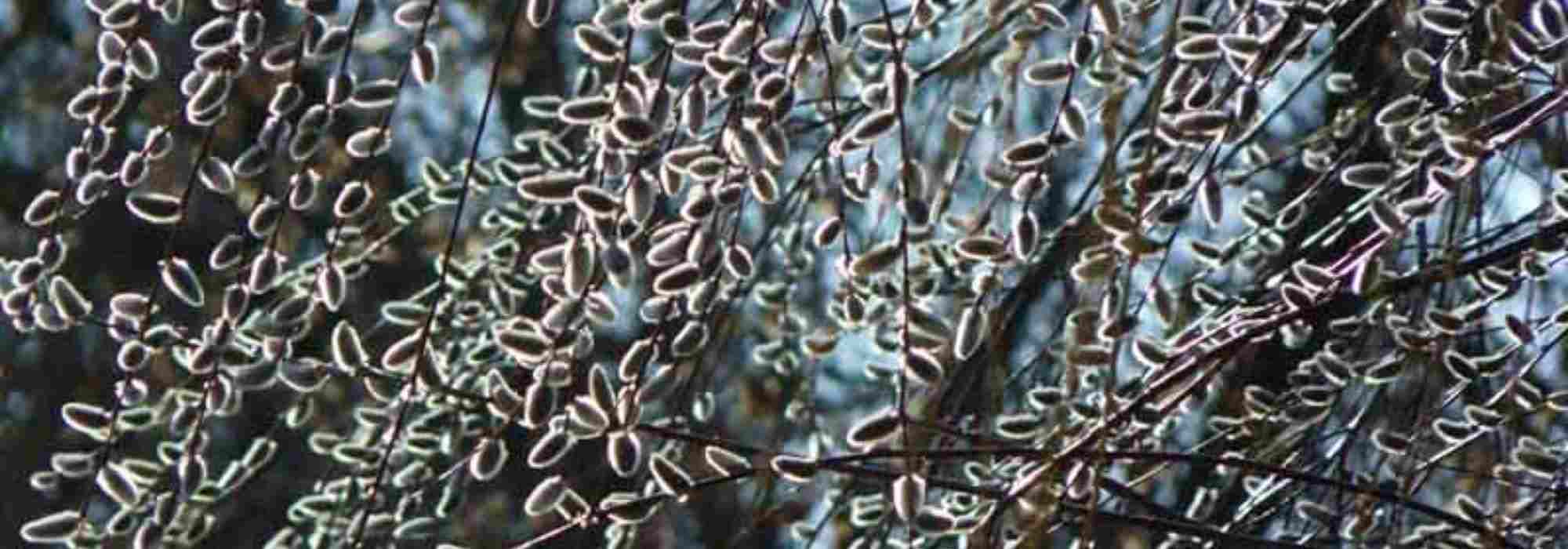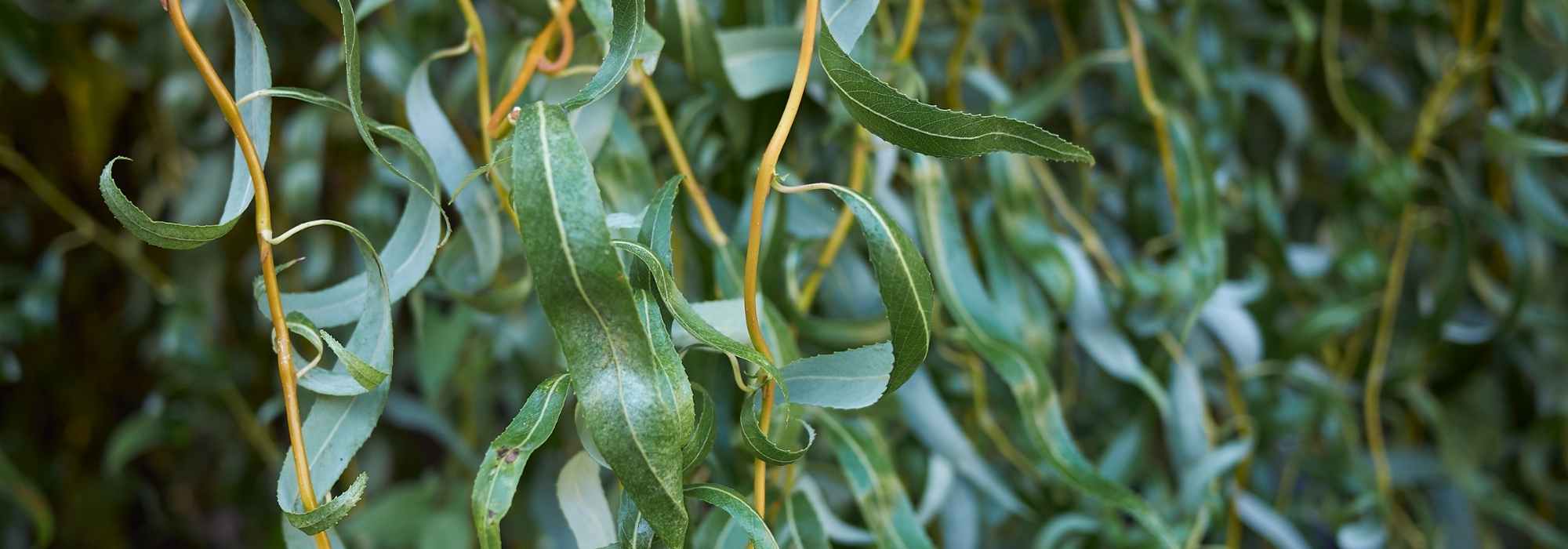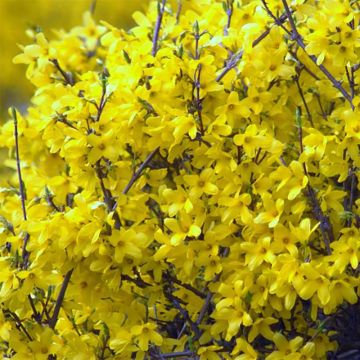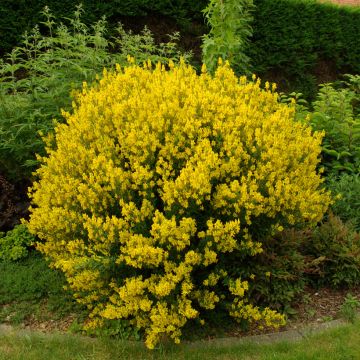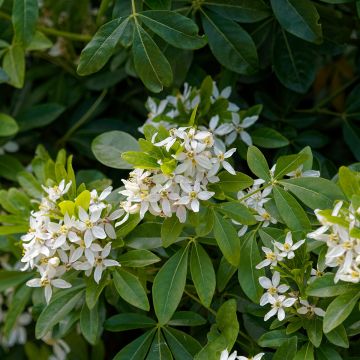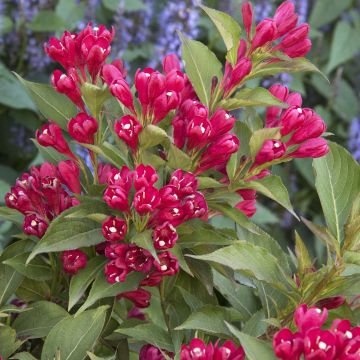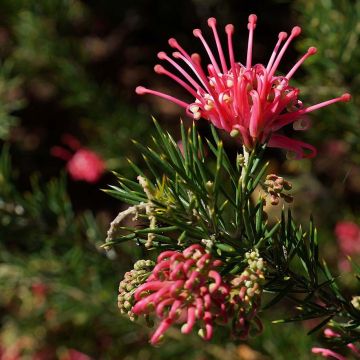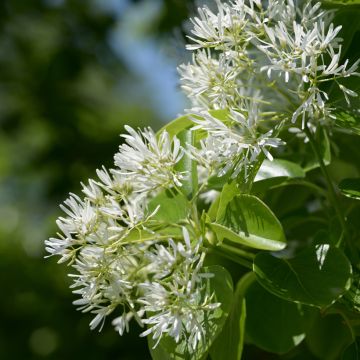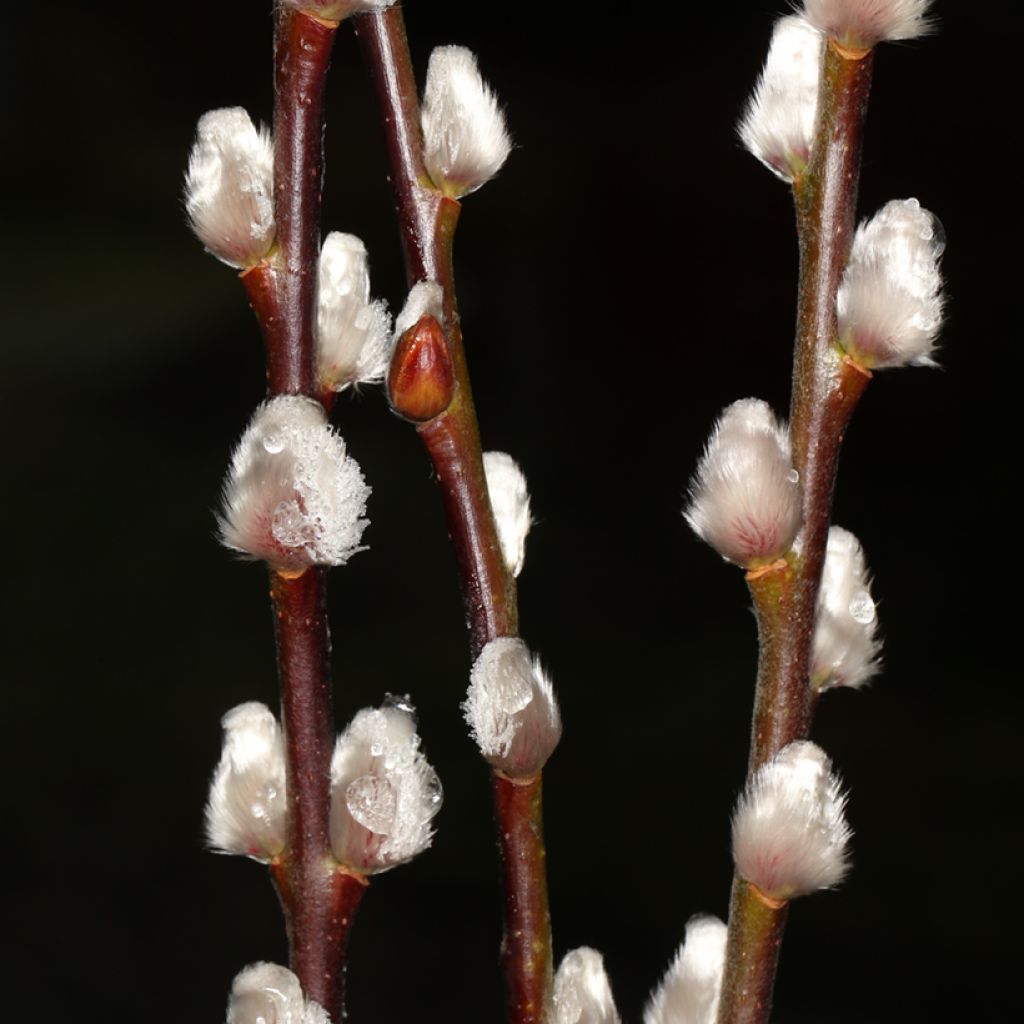

Salix x erdingeri - Willow
Salix x erdingeri - Willow
Salix x erdingeri
Willow
Special offer!
Receive a €20 voucher for any order over €90 (excluding delivery costs, credit notes, and plastic-free options)!
1- Add your favorite plants to your cart.
2- Once you have reached €90, confirm your order (you can even choose the delivery date!).
3- As soon as your order is shipped, you will receive an email containing your voucher code, valid for 3 months (90 days).
Your voucher is unique and can only be used once, for any order with a minimum value of €20, excluding delivery costs.
Can be combined with other current offers, non-divisible and non-refundable.
Why not try an alternative variety in stock?
View all →This plant carries a 24 months recovery warranty
More information
We guarantee the quality of our plants for a full growing cycle, and will replace at our expense any plant that fails to recover under normal climatic and planting conditions.
Does this plant fit my garden?
Set up your Plantfit profile →
Description
Salix x erdingeri is a hybrid Willow of S. caprea and S. daphnoides. It forms a spreading and not very dense bush of about 4 to 5 m in height. Its flowering takes place before the leaves appear, in late winter, with large, silver, hairy catkins that are very impressive on the dark and shiny shoots. This willow is a hardy plant, to be grown in slightly deep, rather moist to wet soil. Its branches covered with velvety catkins are superb as cut flowers.
Salix x erdingeri belongs to the Salicaceae family. It is a cross between the species Salix caprea and S. daphnoides. The first parent, the goat willow, is native to Central Europe and Central and Northern Asia. The goat willow is a pioneering and ubiquitous species, a light-loving species less exclusively linked to wet areas than most other species in the Salix genus. The second parent, Salix daphnoides, is found throughout Europe up to the subalpine zone. It prefers moist and rich soils.
Salix x erdingeri forms a bush with a not very dense crown that reaches 4 to 5 m in height at maturity. The branches are hairy when young, then bare, yellow-brown to red-brown. The leaves are obovate-oblong, elliptical to obovate, 4 to 8 cm long, pointed at both ends, toothed or wavy. They are felted when young, then hairless, smooth, dark green and shiny. The flower catkins are extremely large, 6 to 8 cm long, thin and cylindrical, with long silky oval bracts. Flowering takes place in late winter with large silver and hairy catkins.
Salix x erdingeri prefers a sunny location on moist to wet soils. The ideal substrate is loamy-sandy, loamy-gravelly or clay-sandy, as like its second parent, it appreciates the gravel and sand of rivers and floodplains. It is very hardy. Prune it every year after flowering to encourage it to thicken and produce many flowering branches. It can be placed individually, surrounded by early-flowering bulbs (snowdrops, crocuses, fritillaries, hyacinths), in an informal hedge or at the back of a border. It will be perfect in a naturally inspired garden. Consider creating cut flower compositions with its branches adorned with silver catkins. In a vase, they beautifully accompany those of Prunus triloba, flowering cherry and plum trees that will be awakened by the warmth of the house.
Properties:
Like all willows, this species contains a substance similar to aspirin in its bark. It is highly nectar-rich and honey-producing: bees that forage on it produce a honey that is golden yellow, iridescent green, and takes on amber to beige hues as it ages. Its flavour is sweet, both floral and slightly woody. Its foliage was once used as fodder for goats.
Plant habit
Flowering
Foliage
Botanical data
Salix
x erdingeri
Salicaceae
Willow
Central Europe
Other Willow - Salix
View all →Planting and care
Plant Salix x erdingeri in a sunny location, sheltered from strong winds that could uproot this small tree with a underdeveloped root system. Place a sturdy stake that you can remove after 2 or 3 years of cultivation. It prefers a sunny spot on moist to wet soils. The ideal substrate is loamy-sandy, loamy-gravelly or clay-sandy, as, like its second parent, it appreciates the gravel and sand of rivers and floodplains. It is very hardy. Limestone is not a problem.
Planting period
Intended location
Care
Planting & care advice
This item has not been reviewed yet - be the first to leave a review about it.
Similar products
Haven't found what you were looking for?
Hardiness is the lowest winter temperature a plant can endure without suffering serious damage or even dying. However, hardiness is affected by location (a sheltered area, such as a patio), protection (winter cover) and soil type (hardiness is improved by well-drained soil).

Photo Sharing Terms & Conditions
In order to encourage gardeners to interact and share their experiences, Promesse de fleurs offers various media enabling content to be uploaded onto its Site - in particular via the ‘Photo sharing’ module.
The User agrees to refrain from:
- Posting any content that is illegal, prejudicial, insulting, racist, inciteful to hatred, revisionist, contrary to public decency, that infringes on privacy or on the privacy rights of third parties, in particular the publicity rights of persons and goods, intellectual property rights, or the right to privacy.
- Submitting content on behalf of a third party;
- Impersonate the identity of a third party and/or publish any personal information about a third party;
In general, the User undertakes to refrain from any unethical behaviour.
All Content (in particular text, comments, files, images, photos, videos, creative works, etc.), which may be subject to property or intellectual property rights, image or other private rights, shall remain the property of the User, subject to the limited rights granted by the terms of the licence granted by Promesse de fleurs as stated below. Users are at liberty to publish or not to publish such Content on the Site, notably via the ‘Photo Sharing’ facility, and accept that this Content shall be made public and freely accessible, notably on the Internet.
Users further acknowledge, undertake to have ,and guarantee that they hold all necessary rights and permissions to publish such material on the Site, in particular with regard to the legislation in force pertaining to any privacy, property, intellectual property, image, or contractual rights, or rights of any other nature. By publishing such Content on the Site, Users acknowledge accepting full liability as publishers of the Content within the meaning of the law, and grant Promesse de fleurs, free of charge, an inclusive, worldwide licence for the said Content for the entire duration of its publication, including all reproduction, representation, up/downloading, displaying, performing, transmission, and storage rights.
Users also grant permission for their name to be linked to the Content and accept that this link may not always be made available.
By engaging in posting material, Users consent to their Content becoming automatically accessible on the Internet, in particular on other sites and/or blogs and/or web pages of the Promesse de fleurs site, including in particular social pages and the Promesse de fleurs catalogue.
Users may secure the removal of entrusted content free of charge by issuing a simple request via our contact form.
The flowering period indicated on our website applies to countries and regions located in USDA zone 8 (France, the United Kingdom, Ireland, the Netherlands, etc.)
It will vary according to where you live:
- In zones 9 to 10 (Italy, Spain, Greece, etc.), flowering will occur about 2 to 4 weeks earlier.
- In zones 6 to 7 (Germany, Poland, Slovenia, and lower mountainous regions), flowering will be delayed by 2 to 3 weeks.
- In zone 5 (Central Europe, Scandinavia), blooming will be delayed by 3 to 5 weeks.
In temperate climates, pruning of spring-flowering shrubs (forsythia, spireas, etc.) should be done just after flowering.
Pruning of summer-flowering shrubs (Indian Lilac, Perovskia, etc.) can be done in winter or spring.
In cold regions as well as with frost-sensitive plants, avoid pruning too early when severe frosts may still occur.
The planting period indicated on our website applies to countries and regions located in USDA zone 8 (France, United Kingdom, Ireland, Netherlands).
It will vary according to where you live:
- In Mediterranean zones (Marseille, Madrid, Milan, etc.), autumn and winter are the best planting periods.
- In continental zones (Strasbourg, Munich, Vienna, etc.), delay planting by 2 to 3 weeks in spring and bring it forward by 2 to 4 weeks in autumn.
- In mountainous regions (the Alps, Pyrenees, Carpathians, etc.), it is best to plant in late spring (May-June) or late summer (August-September).
The harvesting period indicated on our website applies to countries and regions in USDA zone 8 (France, England, Ireland, the Netherlands).
In colder areas (Scandinavia, Poland, Austria...) fruit and vegetable harvests are likely to be delayed by 3-4 weeks.
In warmer areas (Italy, Spain, Greece, etc.), harvesting will probably take place earlier, depending on weather conditions.
The sowing periods indicated on our website apply to countries and regions within USDA Zone 8 (France, UK, Ireland, Netherlands).
In colder areas (Scandinavia, Poland, Austria...), delay any outdoor sowing by 3-4 weeks, or sow under glass.
In warmer climes (Italy, Spain, Greece, etc.), bring outdoor sowing forward by a few weeks.






























